South India between the 4th and the 6th century CE
Recent developments in the fields of archaeology and epigraphy of the Tamil country have led to reconsider the period running from the end of the 3 rd century CE until the beginning of the 7 th century, previously thought to be a ‘Dark Age’. This denomination, based on a few inscriptions and a certain scarcity of sources, needs to be reviewed in the light of currently available material and reinterpretations of old data.
In that period, a profound societal transformation seems to occur, in the domains of trade, political power, land management and religious organization. For example, the exchanges with the Roman Empire have restarted after the crisis of the 3 rd century but at a lesser scale (compared to Sri Lanka), whereas West Asian material becomes more abundant. Some elements of the political structures in place in the 7 th century already begin to appear, as well as an increase of land donations to Brahmins, instead of donations to Buddhist institutions.
We wish to apprehend this period in a comparative perspective, in order to put into context the specific situation of the Tamil-speaking South, as opposed to Central and North India, as well as Sri Lanka. Our approach will be multidisciplinary, combining history, art history, epigraphy, numismatics and archaeology.
Speakers are expected to give a 30 minutes talk followed by 15 minutes of discussion. A round table will conclude the two-day workshop. The chairs may want to publish the presentations, depending on the conclusions of the workshop.
The workshop is funded by the German Archaeological Institute, the École française d’Extrême- Orient and the Franco-German University. It is hosted by the University of Bonn.
